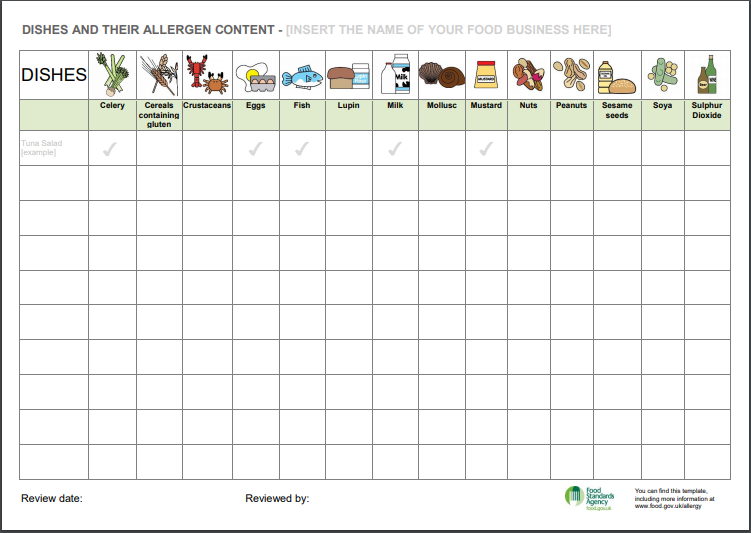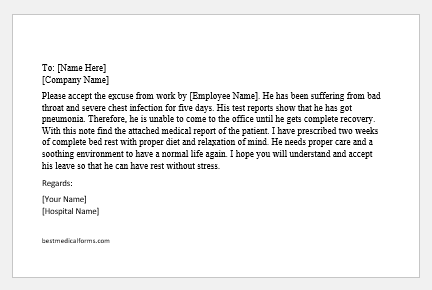What is Allergy?
Allergy or hypersensitivity is a type of immune response of the body against any foreign body. Different organs of the body respond to different allergens if their immune system is coded to act against certain chemicals.
By Allergy, we mean type I hypersensitivity reaction and this is associated with an acute response to an allergen exposed to blood, skin, respiratory system, digestive system, etc.
Types of Allergies
Allergies are of many types, for example
- Skin allergies to various chemicals and substances
- Allergy to a certain food, allergy to chemicals and drugs
- Allergy to blood and its components
- Allergies to specific seasons or pollens where our respiratory system mainly responds against the causing agent.
- Allergic reaction to insect bite, animal fur.
- Allergy to molds
- Allergy to paints and cosmetics
- Allergy to certain metals and so on
However, this must be kept in mind that if a person’s immune system has been genetically or structurally coded for allergic reaction, all the organs of the body may respond depending upon the type and intensity of exposure. This overall reaction of the body is what we call an allergic reaction and in some severe cases results in anaphylactic shock which is a serious life-threatening condition.
Signs and symptoms of Allergies
Signs and symptoms of allergic reaction as said above depend upon where the allergen has attacked and what is the intensity and duration of exposure to a certain allergic agent. It also depends upon the immune system of the patient.
Allergy to pollen and seasons
For example, a person who is allergic to pollens will definitely show respiratory symptoms of allergy. For example,
- Excessive sneezing
- Coughing
- Difficult breathing
- Wheezing and sometimes this lead to acute and serious attacks of asthma.
This is because the respiratory tract tries to combat the foreign pollens and narrows down its passage causing local inflammation. All these events lead to difficulty breathing, sneezing, and coughing.
Skin allergy
When the allergen specifically acts on the skin, your skin responds in a similar way. For example, an insect bite or local cream can cause
- itching
- erythema
- induration
- redness etc
Other forms of allergies manifest in a similar way.
Management of Allergy
Management of allergies requires a multi-disciplinary approach but the most important step in the management of allergies is to identify the allergen first and then avoid it. They say the most effective way of treating allergies is to avoid the factor which is causing allergy.
Medicines and other supportive management come later after that.
Allergy chart
The best way to identify and treat the allergic agent is to keep a journal and manage according to that.
You can maintain this chart yourself by putting the names of allergies already known to you or you suspect. If you are allergic to food or pollens, mention the name of the allergic agent and then mention the medication you are taking in front of each allergy you have.



